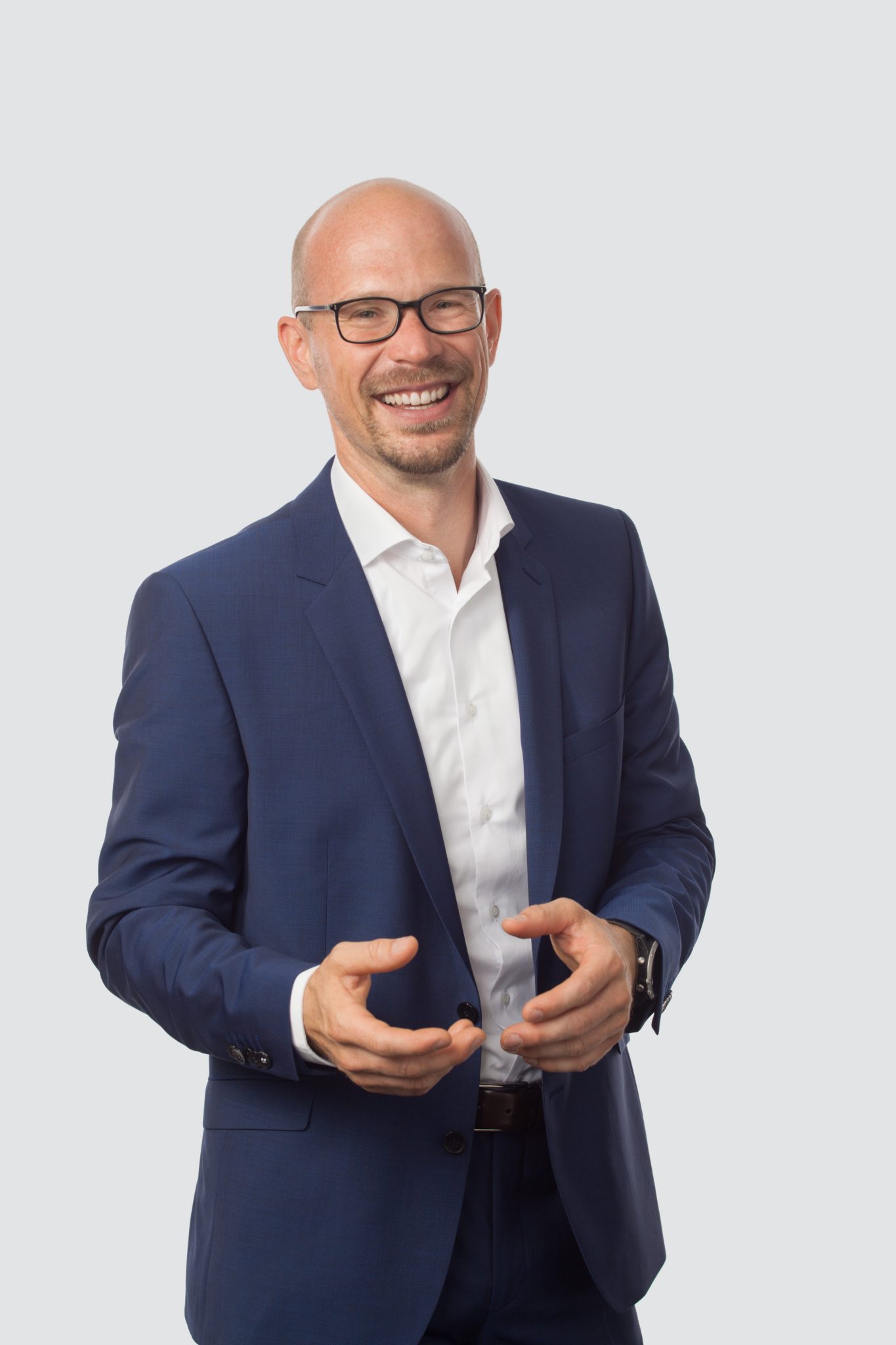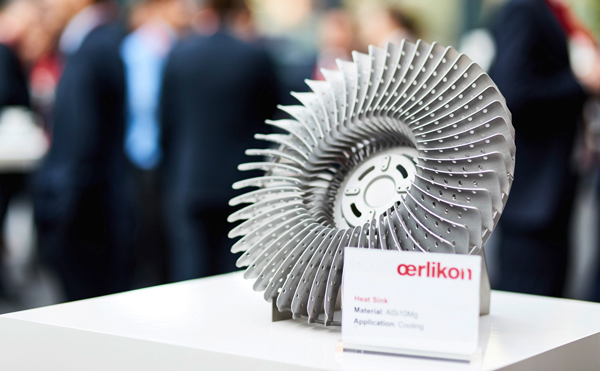The 2nd Munich Technology Conference on Additive Manufacturing (MTC2) takes place this week, where industry experts from all over the world will discuss the industrialization of 3D printing.
3D Printing Industry will be returning to Munich for this year’s event, held at the Technical University of Munich (TUM).
In advance of MTC2, I caught up with Dr. Christian Haecker, Head of Additive Manufacturing Industrialization at Oerlikon, a Swiss-listed technology group leading the MTC, on the progress of industrial 3D printing.

3D Printing Industry: MTC2 focuses on the industrialization of Additive Manufacturing; what are the challenges of industrializing additive manufacturing, particularly within Europe?
Dr. Haecker, Oerlikon: The industrialization of AM will not happen automatically. To implement AM consequently and to make full use of its benefits rethinking at various levels is required from purchasing to design. What we need is a paradigm shift at multiple levels. Furthermore, we need an atmosphere of openness to exchange knowledge and accept that the adaption of the technology will not happen overnight. Only this will allow us to make procedural decisions together and to develop shared standards.
The main challenges for industrialization include the integration of the AM in the existing value chains as well as to establish new AM value chains, global issues of Intellectual Property (IP) and knowledge sharing, as well as the current political climate which pushes us away from globalism. Furthermore, AM will also lead to a more local or regional sourcing which is to some extent a paradigm shift compared to global sourcing trends in the past. Therefore, a joint effort of EU and state institutions with industry is required to train the necessary AM experts and to establish accepted technical standard.
3D Printing Industry: How would you define the industrialization process of additive manufacturing?
Dr. Haecker, Oerlikon: The industrialization of the AM technology requires two major streams: One stream concentrates on the processes stability, repeatability, and comparability. Materials characteristics need to be equal to existing materials without required tests for each individual case. In parallel, we have to bring in the target costing perspective. The other stream focuses the AM design.
AM cannot compete by pure substitution. Only if we design for additive we can release the full potential and lower the costs. Both major streams have to happen in conjunction.
3D Printing Industry: In what areas have additive manufacturing been adopted successfully? i.e., hardware, software, supply chain solutions.
Dr. Haecker, Oerlikon: Looking back at the development of AM solutions in the various fields it is amazing to see how much progress we can see either in hardware and software solutions. Nevertheless, of the value chain position, we can see a much clearer focus on the customer and end-user perspective. The industry concentrates more on solving customer problems instead of pure technology “show developments”. In addition, the whole industry is getting closer and closer together, partnering more than ever before and using Platforms, like the MTC to bring together manufacturers, scientists, and government to discuss how to accelerate the industrialization of AM.
The medical sector is a leading and mature user of the technology. This is because biocompatibility, customization, complex lattice shapes are required and there is more acceptance of current AM costs [and] Aerospace and Defense are now following. For Automotive we can see clear AM adoption trends, especially on the plastic side and leading over to metal.

3D Printing Industry: Are there any recurring trends for manufacturers attempting to scale additive manufacturing technologies?
Dr. Haecker, Oerlikon: We see the biggest potential in being open for new developments in all fields of AM from hardware to software. We see our position as an intermediary one, only this holistic view will enable us to select the best hard-/software. A positive trend is the first step of the hardware manufacturers towards target costing. We are still far away compared to other industries and manufacturing technologies, but the trend is visible.
Scaling and automation of production is one stream which is often cited by the hardware manufacturers. However, we see the clear focus on the cost structure of the production technology and the high upfront investment costs in relation to the quick technology development cycles. Here, a joint effort of the supply chain and technology partners is required to shortly reduce the economic high risk to speed up the AM adaption.
3D Printing Industry: Who do you believe are the main drivers of additive manufacturing technologies within the European markets and why?
Dr. Haecker, Oerlikon: Additive Manufacturing is driven by two types of people: One group has the vision and endurance to push AM to new limits and the other group has a certain mindset in integrating the AM potential in current product developments. Every country has set up an innovation cluster for AM to bring all the elements of the value chain together.
Europe has a privileged position as most of the large powder bed fusion machine manufacturers are based here (mainly in Germany and the UK). They are currently “pushing” the technology in many ways. However, adoption has been very fast in the world and they are “pulling” the technology into front-line use.

3D Printing Industry: What do you think is an effective approach to accelerating the industrialization of additive manufacturing?
Dr. Haecker, Oerlikon: Two or three common and accepted objectives for the industry would help to focus the industrialization. This does not mean to ignore the rest but currently, the industry is working on so many ends with different emphasis. Further, a higher degree of collaboration could help to expedite the industrialization. The risk of lesser differentiation and IP protection is mitigated by the broadening of the market. We believe that the pie can be grown quicker than we have to argue about shares of it.
On EU academic side we have to bundle the efforts and build stronger networks. We have great research institutions and new ones will come but we should ensure that a strong collaboration within the Union and be a positive signal against protectionism. Another but very crucial aspect is the constant investment in technology. Since we are still in the industrialization phase, a higher R&D effort is needed compared to existing technologies. Here, strong top management and shareholder communication are required.
For all of the latest additive manufacturing updates from MTC2 where 3D Printing Industry will be reporting live, subscribe to the 3D Printing Industry newsletter, follow us on Twitter, and like us on Facebook.
Also, you can search and post additive manufacturing vacancies on our 3D Printing Jobs site.

